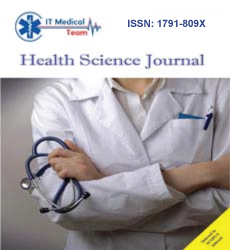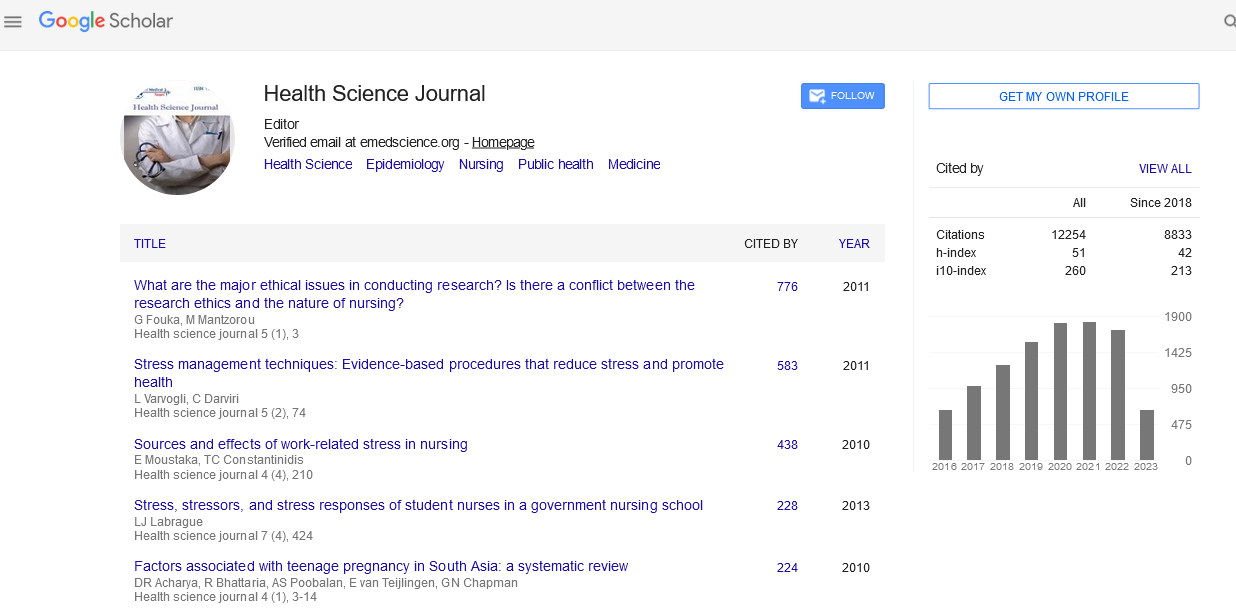Editorial - (2025) Volume 19, Issue 3
Infection Desis Etiology Risk Factors Clinical Outcomes and Prevention Strategies in Surgical Fixation Procedures
Hense Dock*
Department of Public Health, Joseph College, UK
*Correspondence:
Hense Dock, Department of Public Health, Joseph College,
UK,
Email:
Received: 01-Feb-2025, Manuscript No. Iphsj-25-15676;
Editor assigned: 04-Feb-2025, Pre QC No. Iphsj-25-15676 (PQ);
Reviewed: 17-Feb-2025, QC No. Iphsj-25-15676;
Revised: 28-Feb-2025, Manuscript No. Iphsj-25-15676 (R);
Published:
31-Mar-2025
Abstract
Infections following desis procedures, particularly spinal and joint arthrodesis, present significant clinical challenges, often resulting in prolonged hospitalization, revision surgeries, and increased healthcare costs. This article provides a comprehensive review of infection desis, focusing on its etiology, risk factors, clinical presentation, diagnostic methods, treatment options, and preventive strategies. By integrating current literature and clinical data, we aim to underscore the importance of early detection and multidisciplinary intervention in mitigating postoperative complications associated with desis-related infections.
Introduction
Desis, from the Greek “desmos” meaning bond or binding, refers to surgical fusion procedures such as arthrodesis or spondylodesis [1]. These techniques are commonly employed in orthopedic and neurosurgical settings to stabilize joints or spinal segments. While desis offers pain relief and functional improvement in degenerative or traumatic conditions, it is not without complications. One of the most severe complications is postoperative infection, which can compromise the surgical outcome, increase morbidity, and necessitate additional interventions. Surgical fixation procedures, broadly referred to under the term "desis" (derived from the Greek word desmos, meaning binding or fastening), are critical interventions used to stabilize bones, joints, and spinal segments following trauma, degenerative diseases, or deformity correction. While these procedures, such as arthrodesis and spinal fusion, have revolutionized the management of complex orthopedic and neurosurgical conditions, they are not without complications. Among the most significant and challenging of these is postoperative infection, a complication that can compromise surgical success, increase patient morbidity, and escalate healthcare costs. Infection following surgical fixation — commonly termed "infection desis" — can severely impact the fusion process, leading to nonunion, hardware failure, chronic pain, and functional impairment [2]. Despite advances in surgical techniques, implant materials, and perioperative care, the incidence of infection remains a pressing concern. The pathogenesis of these infections often involves a complex interplay between host factors, microbial virulence, surgical environment, and implant characteristics, making prevention and management particularly challenging. Understanding the etiology, recognizing patient- and procedure-related risk factors, and being adept at early diagnosis are critical to improving clinical outcomes. Additionally, the implementation of evidence-based prevention strategies and the development of innovative therapeutic approaches are essential to minimize the burden of infection desis. This article aims to provide a comprehensive review of the etiological factors, risk determinants, clinical outcomes, and prevention strategies associated with infections in surgical fixation procedures, highlighting current practices and emerging trends in the field [3].
Etiology and Pathogenesis
The etiology of infection following surgical fixation procedures is primarily microbial, with most cases resulting from intraoperative contamination or postoperative wound exposure. The predominant causative organisms include Staphylococcus aureus—particularly methicillin-resistant strains (MRSA)—and Staphylococcus epidermidis, both of which have a strong propensity for adhering to metallic implants and forming biofilms. Other pathogens such as gram-negative bacilli, streptococci, and anaerobes may also be involved [4], especially in polymicrobial infections or in cases following trauma. The pathogenesis centers around the ability of these microorganisms to colonize the surgical site, evade host immune defenses, and establish persistent infection. Biofilm formation is a key mechanism in chronic infections, as it protects bacteria from antibiotics and immune cells, allowing them to persist on implant surfaces. Host-related factors such as immune status, comorbidities, and nutritional deficiencies can further compromise the body’s ability to combat infection. Additionally, surgical factors—such as the extent of tissue dissection, duration of surgery, and the presence of hematomas—create a microenvironment conducive to bacterial growth. Together, these elements contribute to a complex and often insidious process that can severely impair healing and lead to surgical failure if not promptly recognized and treated.
Emerging Research and Future Directions
Novel antimicrobial coatings, local antibiotic delivery systems, and rapid diagnostic techniques are under investigation to reduce infection rates in desis surgeries. Future research must also address antibiotic stewardship and personalized treatment protocols [5].
Conclusion
Infection desis represents a critical concern in orthopedic and neurosurgical practice. While preventable in many cases, it requires vigilant perioperative care, timely diagnosis, and aggressive intervention to avoid long-term complications. A multidisciplinary approach involving surgeons, infectious disease specialists, and rehabilitation teams is essential for optimizing patient outcomes.
References
- Krishan K, Kanchan T, Thakur S A study of morphological variations of the human ear for its applications in personal identification.
Indexed at, Crossref
- Kyriakou G, Glentis A, Papanikolaou S (2021) Widow’s peak a usually overlooked, yet significant morphogenetic trait. JDDG J German Soc Derma 19: 1271-1275.
Indexed at, Google Scholar, Crossref
- Lane RD, Caruso AC, Brown VL, Axelrod B, Schwartz GE et al. (1994) Effects of non-right-handedness on risk for sudden death associated with coronary artery disease. American J Card 74: 743-747.
Indexed at, Google Scholar, Crossref
- Manning JT, Scutt D, Wilson J, Lewis-Jones DI (1998) the ratio of 2nd to 4th digit length: a predictor of sperm numbers and concentrations of testosterone, luteinizing hormone and oestrogen. Human Reproduction 13: 3000-3004.
Indexed at, Google Scholar, Crossref
- Mu L, Sanders I (2010) Human tongue neuro anatomy: Nerve supply and motor endplates. Clinical Anatomy 23: 777-791.
Google Scholar, Crossref
Citation: Dock H (2025) Infection Desis
Etiology Risk Factors Clinical Outcomes and
Prevention Strategies in Surgical Fixation
Procedures. Health Sci J. Vol. 19 No. 2: 1234.





